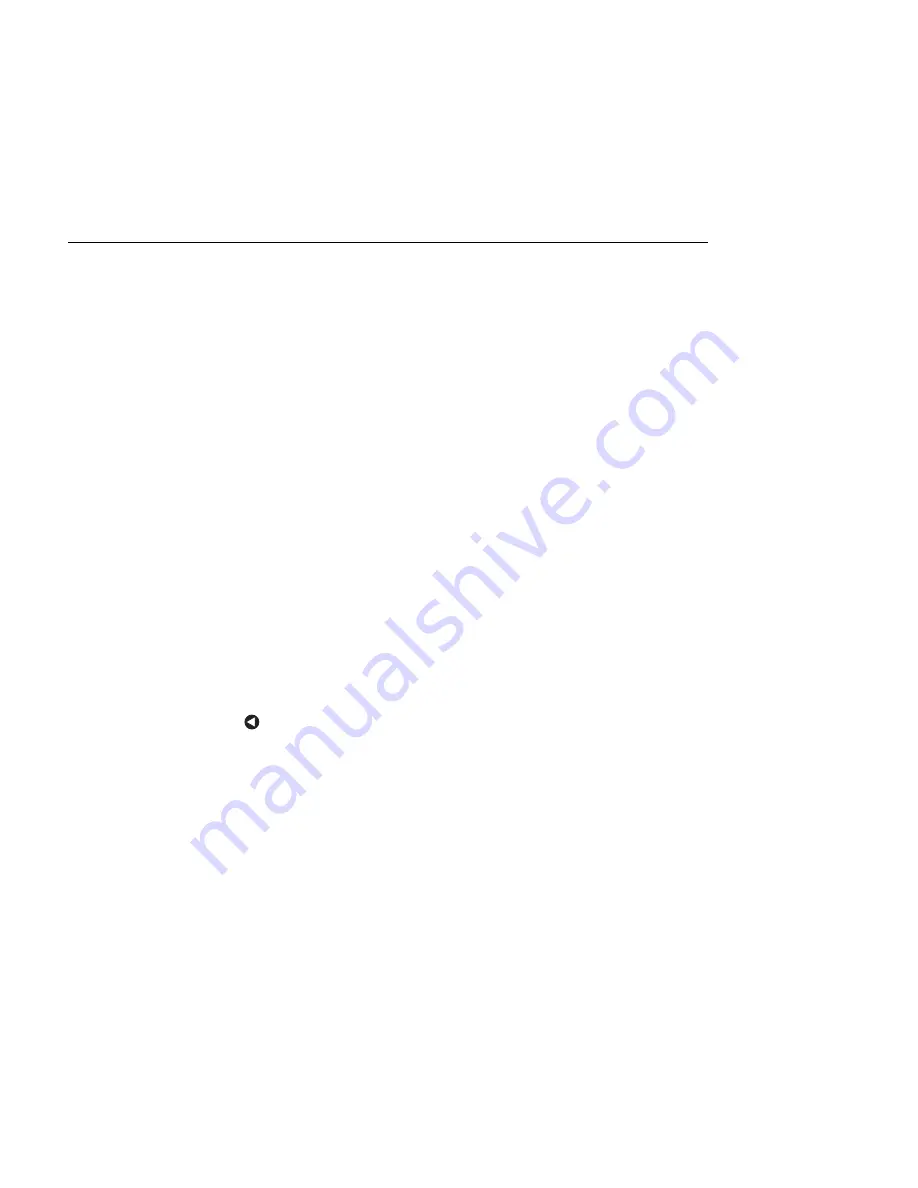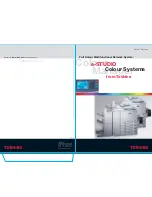
CHAPTER 21. LIVE AUDIO EFFECT REFERENCE
278
There are four different lter types: lowpass, highpass, bandpass and notch. For each type,
the X-Y controller adjusts frequency (to adjust, click and drag on the X-axis) and Q (also
called resonance; to adjust, click and drag on the Y-axis). You can also click on the Freq and
Q numeric displays and type in exact values.
Low Q values create a broad lter curve, while higher values introduce a narrow, resonant
peak to the sound. With bandpass ltering, Q sets the bandwidth of the passed signal.
The Quantize Beat control applies quantized modulation to the lter frequency. With Quan-
tize Beat off, frequency modulation follows the control source. Turning this feature on
updates the lter modulation rhythmically with stepped changes that track the master
tempo. The numbered buttons represent 16th notes, so, for example, selecting 4 as a
beat value produces a modulation change once per beat.
The Envelope section controls how the envelope modulation affects the lter frequency.
The Amount control de nes the extent to which the envelope affects the lter frequency,
while the Attack control sets how the envelope responds to rising input signals. Low Attack
values cause a fast response to input levels; high values integrate any changes gradually,
creating a looser, slower response. Think of it as adding inertia to the response.
Lower Release values cause the envelope to respond more quickly to falling input signals.
Higher values extend the envelope's decay.
Normally, the signal being ltered and the input source that triggers the envelope follower
are the same signal. But by using
sidechaining
, it is possible to lter a signal based on
the envelope of another signal. To access the Sidechain parameters, unfold the Auto Filter
window by toggling the
button in its title bar.
Enabling this section with the Sidechain button allows you to select another track from
the choosers below. This causes the selected track's signal to trigger the lter's envelope
follower, instead of the signal that is actually being ltered.
The Gain knob adjusts the level of the external sidechain's input, while the Dry/Wet knob
allows you to use a combination of sidechain and original signal as the envelope follower's
trigger. With Dry/Wet at 100%, the envelope follower tracks the sidechain source exclusively.
At 0%, the sidechain is effectively bypassed. Note that increasing the gain does
not
increase
the volume of the source signal in the mix. The sidechain audio is only a trigger for the
envelope follower and is never actually heard.
The Auto Filter also contains a Low Frequency Oscillator to modulate lter frequency in a
















































